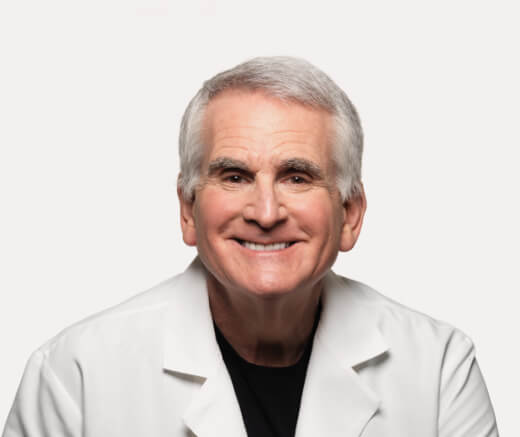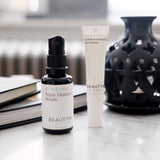
By the time spring rolls around, we’re ready to get outside and live in the sun. If you’re spending time in the great outdoors, there are a few very important sun-safe habits to remember. Not to mention, there’s a lot of misinformation out there including sunscreen’s potency often coming into question. To really enjoy the summer months in all their glory and know you’re safe, it’s vital to fact check the truth around sunscreen, sunburns, and skin cancer. Here are four fact checks to resolve some of the most popular sunscreen myths:
MYTH: You don't need to reapply waterproof sunscreen.
False. Sure waterproof sunscreens are waterproof for a rated amount of time, but what happens when you hop out of the pool? You towel off! And in the process, you end up wiping off your sunscreen and destroying the barrier it's created for you. So while it may be waterproof, Dr. Schultz highly recommends reapplying your sunscreen even after you get out of the water to make sure you're continuously protected.
MYTH: A sunburn is only dangerous if it blisters.
False. All sunburns are dangerous. What a blistering sunburn tells you is it's causing damage to your skin. The sun essentially emits UV rays that can break and distort chemical bonds in the skin’s DNA. This causes it to become misshapen, which ultimately causes the skin to peel after the sunburn.
Some cells get repaired from this damage while others mutate. Dr. Schultz says, “The more often you get badly sunburned, the more apt you are to getting skin cancer, especially melanoma.” Ultimately, you need to keep reapplying sunscreen to make sure that you are continuously covered and protecting your skin from getting burned.
MYTH: The higher the SPF the stronger the protection.
False. There are sunscreens out there that boast SPFs of 80, 90, 100 or even more. But the truth is, there’s no reason to be using an SPF that high. Dr. Schultz gives a breakdown of the protective levels of common SPFs: “Sunscreens with an SPF of 15 give you 88% protection from all the burning UVB rays, 30 gives you 95% protection, 60 gives you 99% protection and once you’re up past 60 whether it’s 80, 90 or 110 you’re not getting any real additional protection from the sun.”
The real reason there’s anything higher than 60 on the market is purely consumer demand. People assume the higher the SPF, the better protection they will get. But the truth is you can never truly get to 100%. You only need up to 60 to be fully protected and you should reapply to maintain its effectiveness.
MYTH: Sunscreens need to be thick to work best.
False. Sunscreens do not have to be thick to be effective. In fact, BeautyRx’s Solar Defense Sheer Sunscreen SPF 50 is the best myth-busting answer to this question! This sunscreen is both lightweight and has an SPF of 50. Ensuring you get great coverage from the sun, without the weight of a thick cream.
It’s important to get the facts on SPF so that you can be properly protected. Now you can enjoy the warm, summer months outside, knowing your skin is protected from those harmful UV rays and getting the (healthy) glow it deserves.
 BRX REWARDS
BRX REWARDS





















Leave a Comment